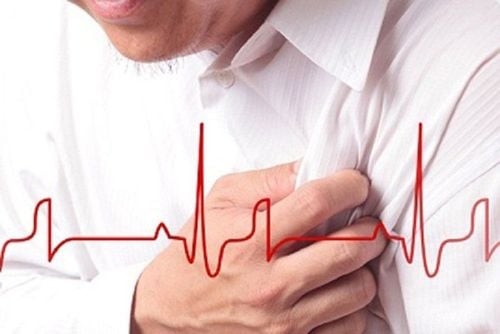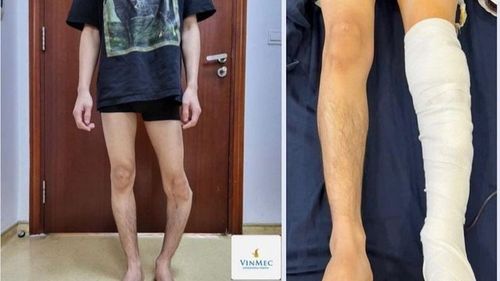Nội dung bạn đang tìm kiếm không có phiên bản tiếng Việt.
Vui lòng chọn tiếp tục để xem nội dung tiếng Anh hoặc đi đến trang chủ Tiếng Việt.
Rất xin lỗi về sự bất tiện này.

Home
Tag Lower extremity venous thrombosis
Articles in Lower extremity venous thrombosis

The Risk of Pulmonary Embolism in Pregnant and Postpartum Women
In patients with blood clotting disorders, even healthy women undergoing a cesarean section can develop blood clots, tissue, fat, air bubbles, etc., that enter the bloodstream and travel to the lungs, leading to postpartum pulmonary embolism. If not treated promptly, this condition can be life-threatening for the mother.
Xem thêm














